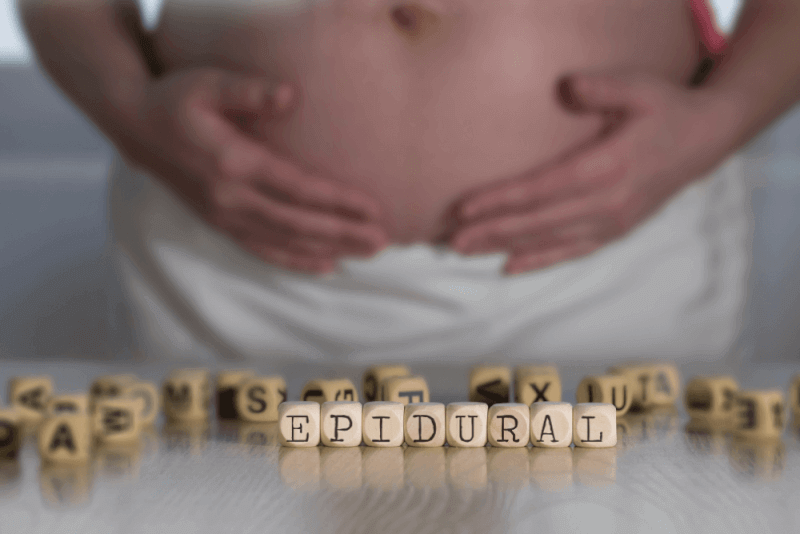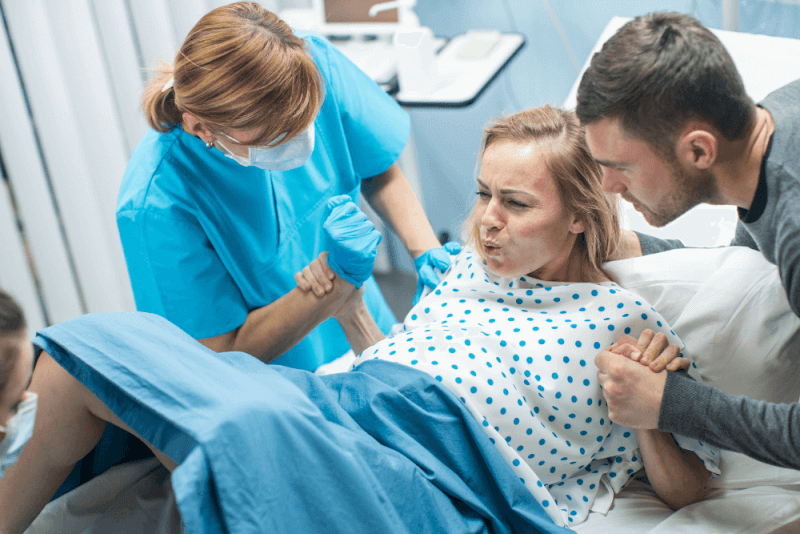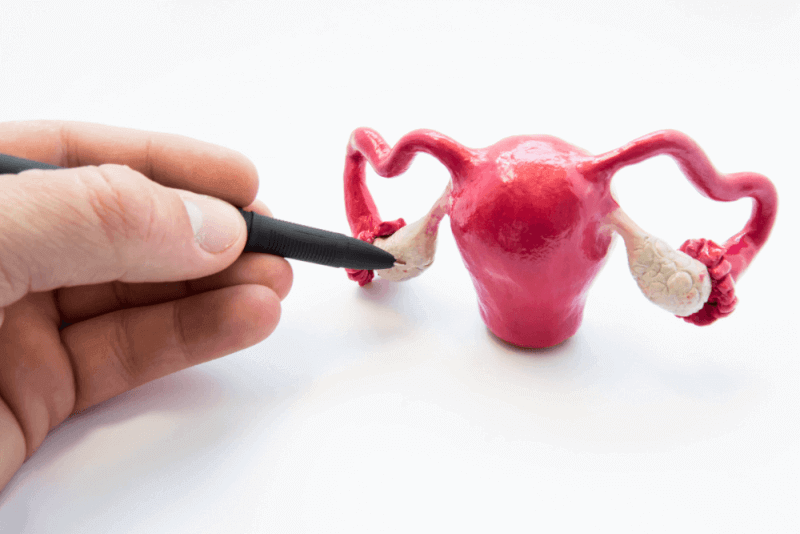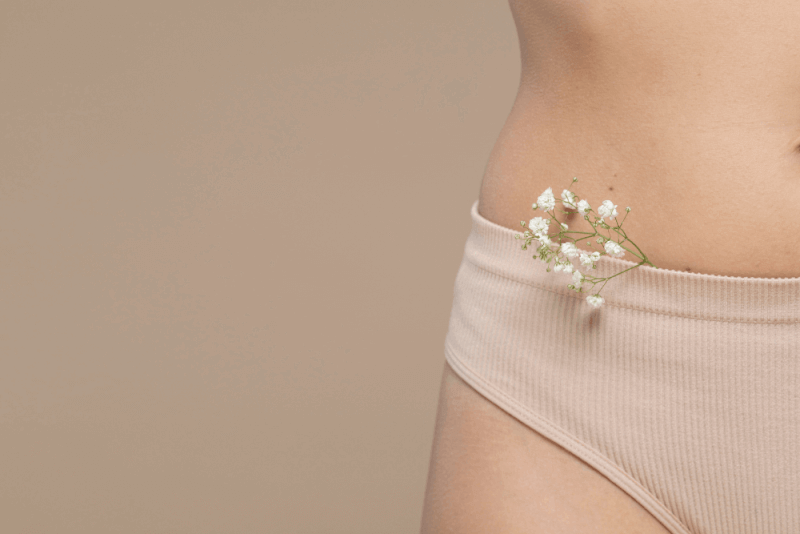30-Second Summary
- In addition to causing swelling and redness, it can also lead to pain and warmth in the breast. If an infection develops, fever and chills may occur.
- Mastitis, which usually affects breastfeeding mothers, can also be seen in non-breastfeeding women.
- The main cause of mastitis is milk stagnation in the breast.
- If an infection is present, a 10-day antibiotic treatment is usually administered. It is important to take all medications regularly.
What is Mastitis?
Defined as inflammation of the breast tissue, mastitis can sometimes be accompanied by infection. In addition to causing swelling and redness, it can also lead to pain and warmth in the breast. If an infection develops, fever and chills may occur.
Mastitis, which usually affects breastfeeding mothers, can also be seen in non-breastfeeding women. When it occurs in a breastfeeding woman, it is called lactational mastitis.
When mastitis occurs in breastfeeding women, it is common for mothers to feel exhausted, making it difficult to care for the baby. In some cases, mastitis can lead to weaning the baby earlier than planned. However, continuing to breastfeed, even while on antibiotics, is beneficial for both mother and baby.
Causes of Mastitis
The main cause of mastitis is milk stagnation in the breast. Other causes include the following.
Blocked Milk Duct
If the breast does not completely empty during breastfeeding, one of the milk ducts may become blocked. This causes milk to back up, leading to a breast infection.
Entry of Bacteria into the Breast
Bacteria present on the skin or from the baby's mouth can enter the milk ducts. This can happen through a crack in the skin on the nipple or an opening in the milk duct. Bacteria can also multiply in milk that remains in an unemptied breast.
Excessive Milk Production
This condition, also known as hyperlactation, results in excessive milk production, which can narrow the milk ducts and put pressure on the surrounding tissues. This leads to engorgement and is also referred to as inflammatory mastitis.
Symptoms of Mastitis
Symptoms of mastitis include the following:
- Swollen, tender, and warm breasts
- Blocked milk ducts
- Breast pain or a burning sensation that worsens while breastfeeding
- Hard lumps in the breast
- Red patches on the breast
- Flu-like symptoms, such as fever and chills, in cases of infection
Diagnosis Criteria for Mastitis
Mastitis is usually diagnosed through a physical examination. However, if there are any doubts, the following tests may be requested:
- Breast ultrasound
- Aspiration of fluid from the breast and culture test
- Mammogram
- Ultrasound
Treatment Methods for Mastitis
The treatment methods for mastitis include:
Antibiotics
In case of infection, a 10-day course of antibiotics is usually prescribed. It is essential to take all medications regularly, as this significantly reduces the risk of recurrence. If there is no improvement after antibiotic use, a doctor should be consulted again.
Pain Relievers
Over-the-counter pain relievers can help alleviate the pain. Options include acetaminophen or ibuprofen.
Home Care Tips
To support the treatment of inflammatory mastitis, the following home care tips can be helpful:
Ice
Applying an ice compress to the breasts while lying on your back can reduce swelling, allowing it to drain into the lymph nodes. Heat application can worsen the condition.
Lymphatic Drainage
Lymphatic drainage involves gently massaging the breasts, collarbone area, and armpit lymph nodes without applying pressure. This helps move fluid.
Reverse Pressure Softening
This type of massage moves fluid away from the nipple, reducing swelling around the areola and nipple, making it easier for the baby to latch onto a full breast. To apply reverse pressure softening, place two fingers at the base of the breast, apply pressure, then move to the nipple base and repeat the pressure. Then, move the fingers away from the nipple. This massage should be applied from various angles.
Supportive Bra
A bra that supports the breasts without too much compression should be used to avoid unnecessary pressure around the breasts.
What to Avoid
The following techniques should be avoided if mastitis is present:
- Applying heat
- Massaging the breasts too firmly
- Immersing the breast in any solution
- Using a massage device on the breasts
Breastfeeding
Continuing to breastfeed during mastitis is beneficial for both mother and baby. Here are some breastfeeding tips:
- Avoid touching the breast too much between feedings.
- Ensure the baby latches well, as swollen breasts can make it difficult for the baby to latch.
- Express a small amount of milk manually before feeding.
- Apply gentle massage while breastfeeding or pumping, starting from the affected area and moving towards the nipple.
- Make sure the breast is completely emptied after feeding. If there are issues with emptying, apply a warm, moist compress before feeding or pumping.
- Begin feeding on the affected side first. This way, the baby, who is hungrier, can help empty the breast more effectively.
- Change breastfeeding positions.
- Stay hydrated.
Types of Mastitis
Mastitis is divided into two types. The types of mastitis include:
Periductal Mastitis
This type of mastitis is commonly seen in young women and smokers. It causes swelling and pain in the breast and is usually treated with antibiotics. However, in some cases, it resolves on its own. This type of mastitis does not increase the risk of breast cancer. Symptoms may include:
- Swollen, tender, and red breast
- Discharge from the nipple, which may be bloody
- Lump behind the nipple
- High fever
- Occasional abscess formation
- Rare abnormal connection between the milk duct and skin
Although this type of mastitis is typically seen in women, it can also occur in men, though it is rare.
Granulomatous Mastitis
Granulomatous mastitis can have symptoms similar to breast cancer, but it is completely benign. Also known as granulomatous lobular mastitis, it can develop as a secondary complication from tuberculosis and other infections, sarcoidosis, and granulomatosis with polyangiitis. Some specific forms may also arise as a complication of diabetes or due to reactions to silicone injections or other foreign materials.
Idiopathic granulomatous mastitis, which occurs without any specific cause, typically appears in women aged 17 to 42. A significant portion of cases occurs within six months postpartum. The incidence during pregnancy or in men is extremely low. Symptoms may include:
- Hard lump in the breast
- Nipple retraction
- Pain
- Inflammation of the overlying skin
- Nipple discharge
- Fistula
- Enlarged lymph nodes
This type of mastitis usually affects only one breast, though there are cases where both breasts are involved.
How to Prevent Mastitis
To prevent mastitis, it is essential to focus on breastfeeding. If breast milk is given by pumping, only the amount needed by the baby should be expressed. Pumping should not be done to empty the breasts after breastfeeding. Seeking assistance from specialists can help ensure successful breastfeeding. When breastfeeding is well-established, milk production can be properly regulated.
To reduce the risk of mastitis, breastfeeding individuals should pay attention to the following:
- Avoid wearing bras that are too tight or compress the breasts
- Do not use nipple shields or other devices on the nipples
Risk Factors for Mastitis
The following factors can increase the risk of developing mastitis:
- A previous history of mastitis
- Pain or cracks in the nipples
- Applying pressure to the breast that restricts milk flow
- Not breastfeeding correctly
- Being excessively tired or stressed
- Poor nutrition
- Smoking












